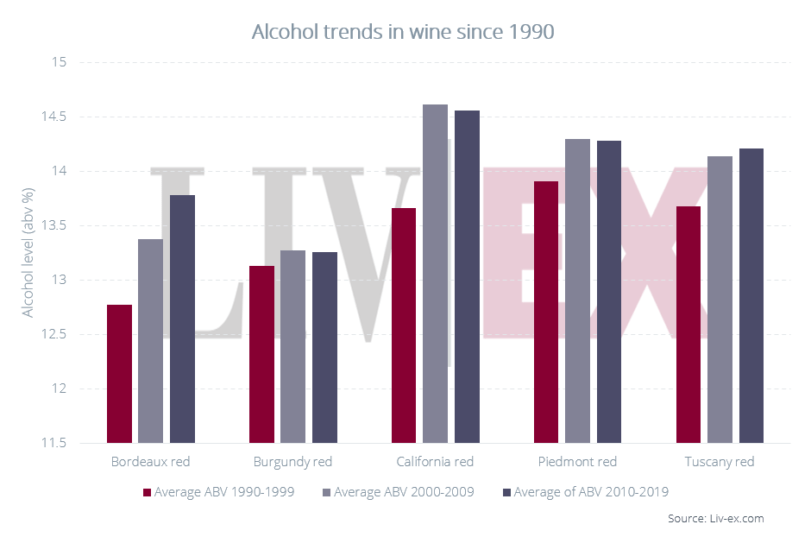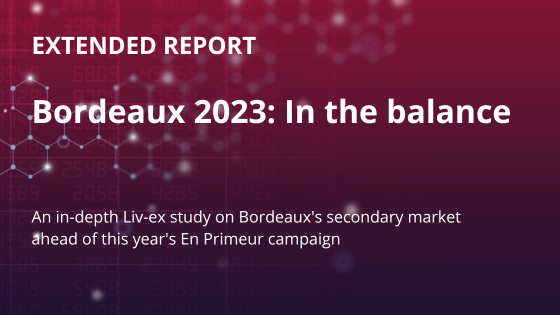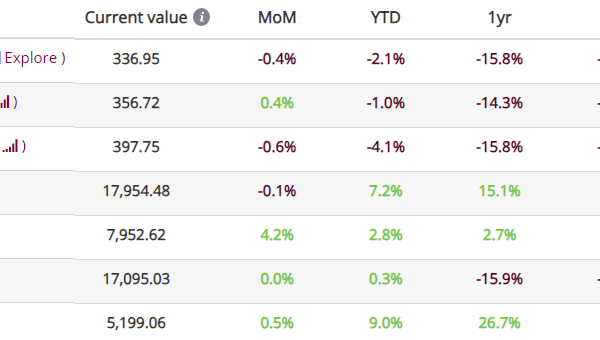Alcohol levels in wine have been rising over the past 30 years. This is no secret, but quantifying trends is only possible with a significant pool of accurate wine data.
Liv-ex began recording and verifying abv values for wines last year. To date, it has around 35,000 wine alcohol by volume (abv) values in its database. Nearly 20,000 of these have been verified by the warehouse team, who have checked bottles one by one.
The main goal was to be able to generate commodity (HS) codes automatically, making it easier for our members to ship wine around the world – especially in the context of Brexit.
This exercise has also yielded some interesting insight into changing alcohol levels, focusing on some of the most important fine wine regions of the world.
As the chart shows, California, Piedmont and Tuscan red wines saw a significant increase in alcohol levels from the 1990s to the 2000s, when they levelled off or began to pull back slightly.
Bordeaux, on the other hand, has continued to climb – albeit from the lowest base. Burgundy is the only of the five regions to show little movement.
Most explanations for rising alcohol levels focus on climate change. Put simply, rising temperatures lead to riper grapes with more sugar, and therefore more alcohol.
However, this does not tell the whole story. To some extent, grape ripeness can be moderated by changing vineyard practices, such as canopy management or picking time. In the winery, different yeasts can be used to reign in alcohol levels. In some instances – as is likely to be the case for some Burgundian wineries – winemakers may simply cease to chaptilise (adding sugar before fermentation to increase the resulting alcohol level).
Style preferences, therefore, are also likely to have played a part in driving these trends.
There is also a degree of inaccuracy on the label. The EU allows a 0.5% margin of error. The USA allows a 1% margin of error for wines over 14% abv. For wines with 14% abv or less, 1.5% leeway is allowed. A cynic might suggest that, for improved consumer perception, current levels are even higher than labels suggest.
Get ABV values
Liv-ex’s pool of abv values is available to members on the Gold package and above and can be accessed via API or through Wine Matcher, a route that requires no tech development. This article contains more information. Wine professionals are also welcome to contact our team for further information.
This analysis is based on 13,120 abv data points that have been verified by the Liv-ex warehouse team when handling bottles. It represents wines that trade on Liv-ex – a broad range of mostly fine wines from around the world.






